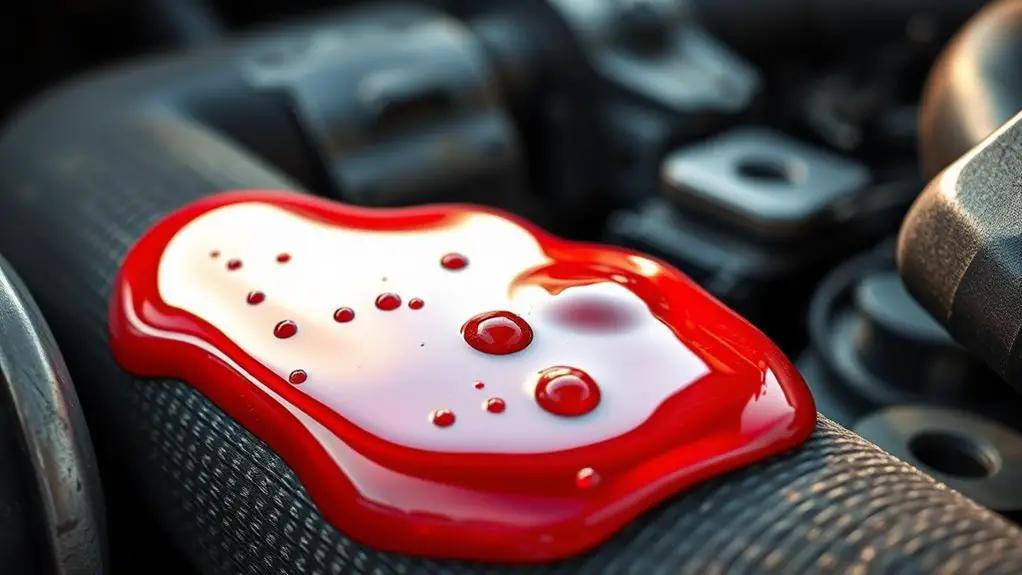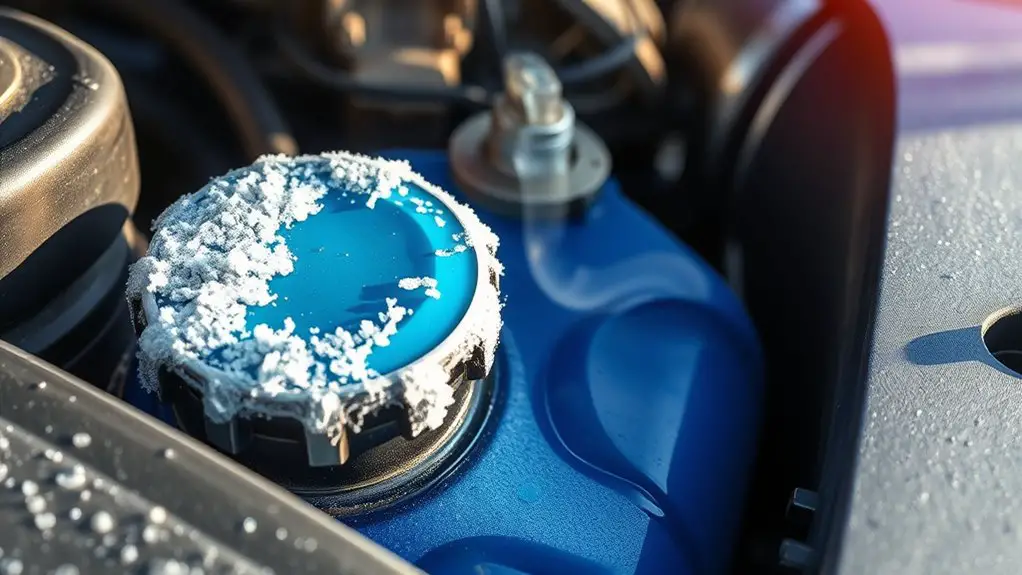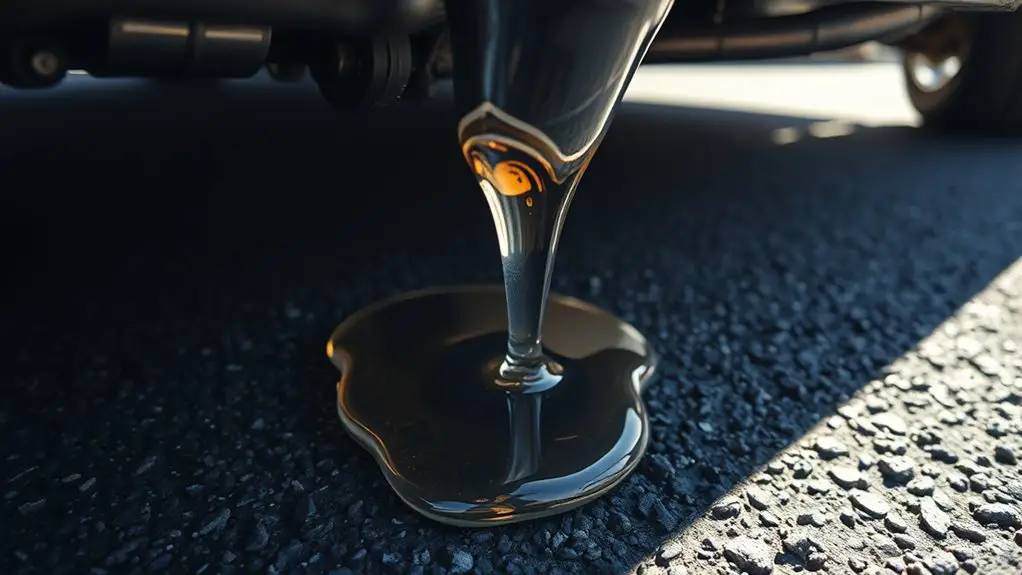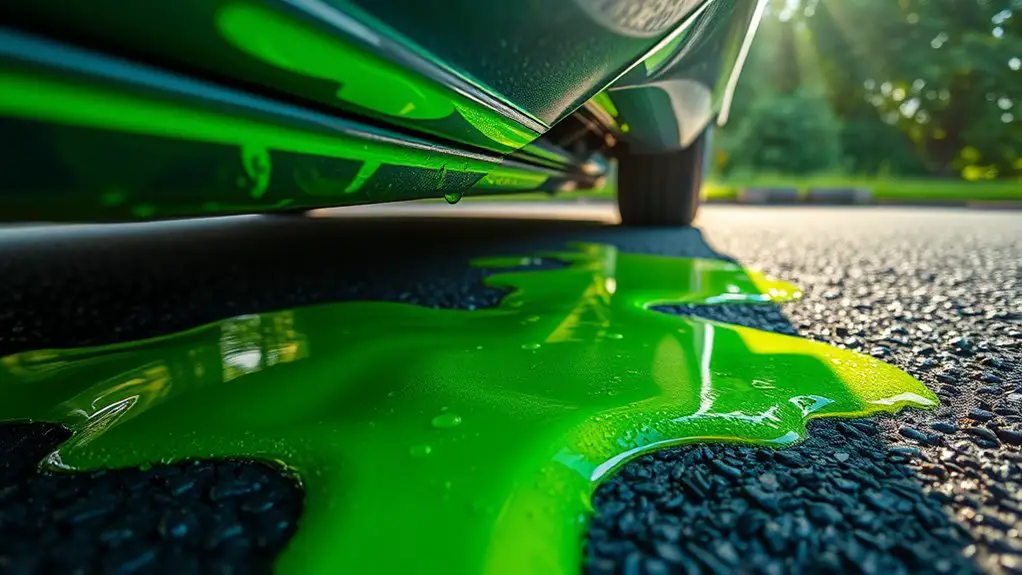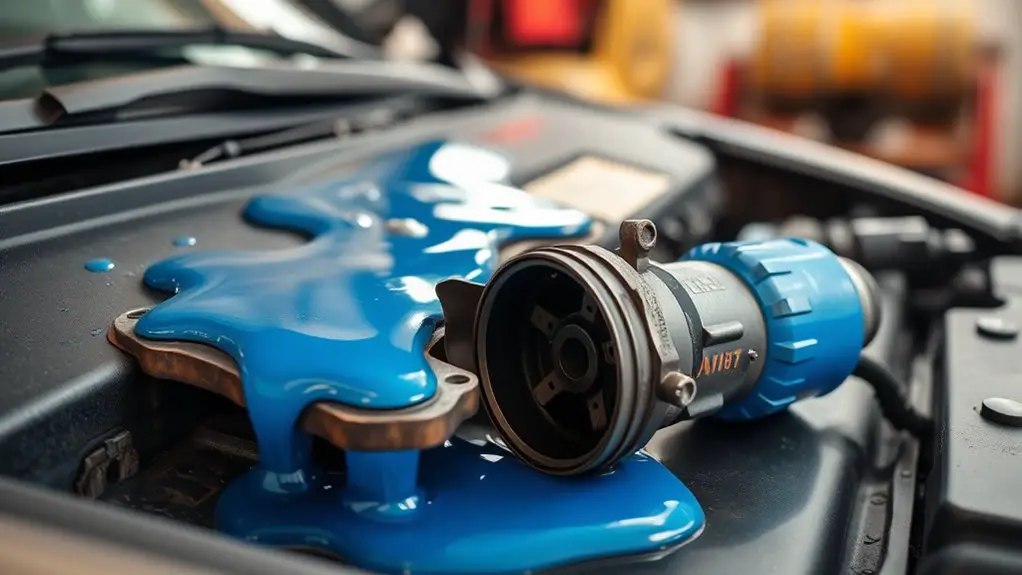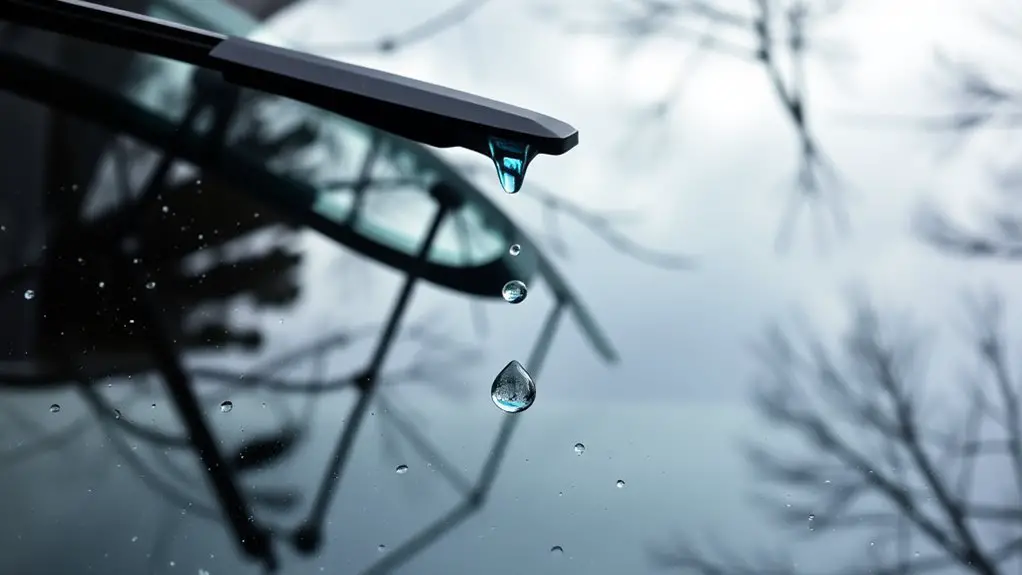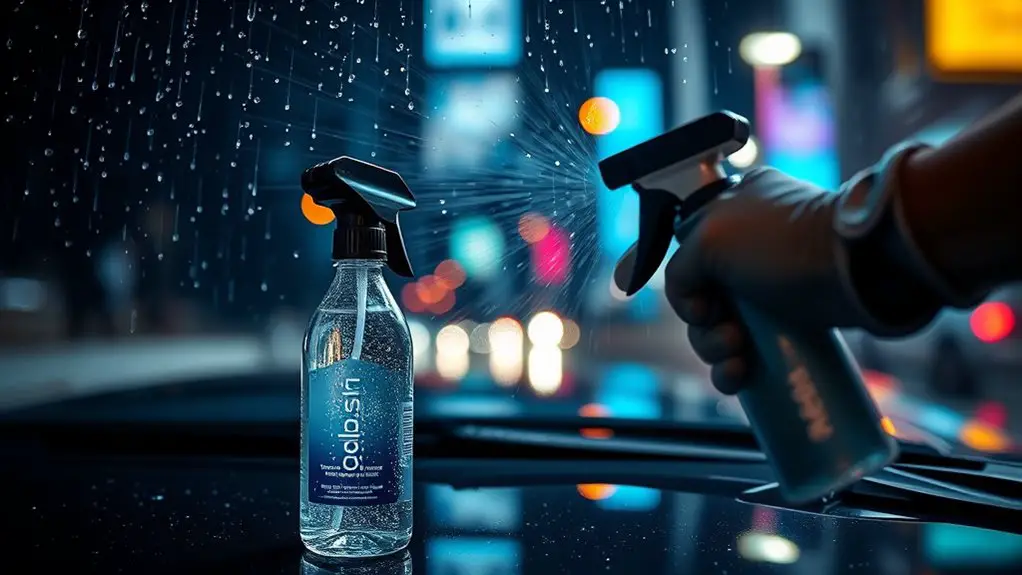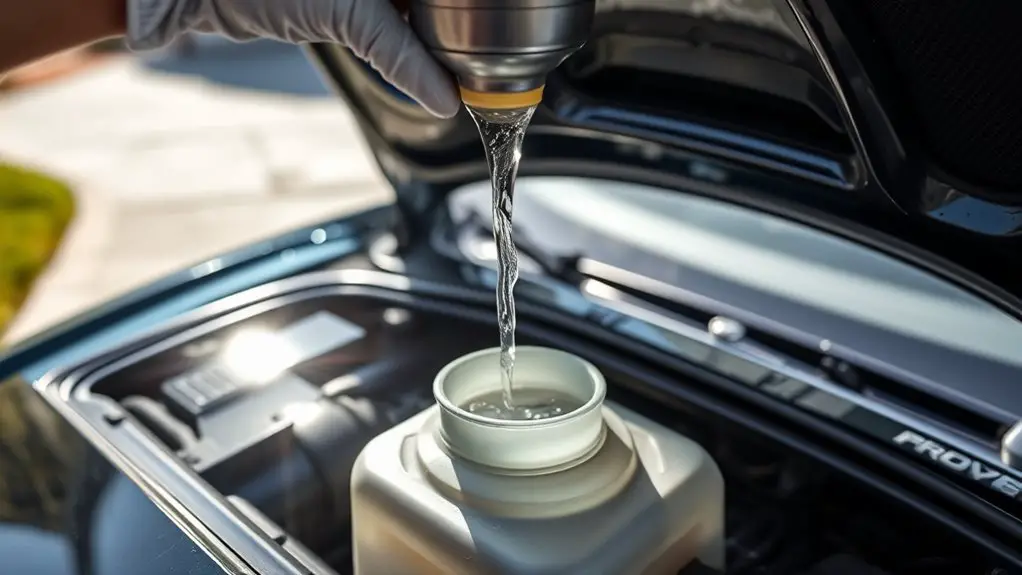Kia parts are often viewed as expensive due to their high-quality materials, advanced technologies, and specialized components. For instance, common components like front brake pads can cost around $80, while more critical parts such as engines and transmissions can range from $2,000 to $5,000. Though prices may seem high initially, the durability and longevity of these parts can lead to fewer replacements over time. Discover the factors behind these costs and more insights ahead.
Factors Influencing Kia Parts Pricing
Although many factors contribute to the pricing of Kia parts, several key elements stand out. The use of high-quality materials guarantees durability and longevity, leading to a higher cost.
Additionally, advanced features and technologies integrated into Kia vehicles require specialized components, which can drive prices up.
Production costs associated with quality manufacturing processes also play a significant role in pricing.
Finally, when compared to parts from other manufacturers, Kia parts may appear more expensive due to their superior performance and reliability.
Understanding these elements can help consumers grasp the rationale behind the pricing of Kia parts.
Average Costs of Common Kia Parts
Understanding the average costs of common Kia parts is essential for owners looking to manage their vehicle's maintenance and repair expenses. Prices for Kia parts can vary greatly based on the specific part, model, and year.
For instance, a front brake pad set for a 2021 Kia Optima averages around $80, while a similar set for a 2021 Toyota Camry costs approximately $60. Other common parts, such as oil filters and air filters, typically range from $10 to $30.
Being aware of these average costs enables Kia owners to budget effectively for routine maintenance and unexpected repairs.
High-Cost Kia Components
Kia owners should be particularly aware of the high-cost components that can greatly impact repair budgets. Significant expenses can arise from parts like engines and transmissions, often leading to thousands in repairs. Understanding these costs is essential for financial planning.
| Component | Estimated Cost Range | Importance |
|---|---|---|
| Engine | $3,000 – $5,000 | Critical for vehicle operation |
| Transmission | $2,000 – $5,000 | Essential for power transfer |
| Advanced Electronics | $1,500 – $3,000 | Key for modern features |
Being informed about these components can help Kia owners prepare for potential expenses effectively.
Strategies for Saving on Kia Parts
Many Kia owners often seek effective strategies to save on parts without sacrificing quality.
Implementing these strategies can lead to significant savings:
- Compare Prices: Shopping around at different suppliers can uncover competitive pricing.
- Consider Aftermarket Options: While quality varies, aftermarket parts can provide substantial savings compared to OEM parts.
- Utilize Promotions: Keeping an eye on special offers or promotions from Kia dealerships can lead to lower costs.
Understanding Long-Term Maintenance Expenses
The long-term maintenance expenses of a vehicle can greatly impact overall ownership costs. For Kia owners, these expenses can vary greatly based on factors such as model, age, and driving habits.
Regular maintenance, including oil changes and brake replacements, is essential in preventing more costly repairs down the line. While Kia parts may be perceived as expensive, their durability often translates to fewer replacements over time.
Additionally, advanced features may require specialized knowledge for repairs, potentially increasing labor costs. Understanding these long-term expenses allows owners to budget effectively and make informed decisions about their vehicle's upkeep.
Frequently Asked Questions
Are Kia Parts Interchangeable With Other Brands?
The interchangeability of Kia parts with other brands largely depends on the specific components and models. Generally, while some parts may fit, compatibility varies greatly, emphasizing the importance of consulting professionals for accurate assessments.
Do Kia Parts Come With Warranties?
Kia parts typically come with warranties, ensuring quality and customer satisfaction. These warranties vary by part and dealer, providing coverage against defects and promoting confidence in the durability and reliability of Kia's automotive components.
How Do I Find Genuine Kia Parts?
To find genuine Kia parts, one should visit authorized dealerships, check the official Kia website, or consult trusted automotive retailers. Ensuring authenticity helps maintain vehicle performance and warranty compliance, providing peace of mind for owners.
Can I Install Kia Parts Myself?
The ability to install Kia parts oneself depends on individual mechanical skills and the complexity of the task. Many find that with proper research and tools, DIY installations can be achievable and cost-effective.
What Tools Are Needed for Kia Part Replacements?
When replacing Kia parts, essential tools include wrenches, sockets, screwdrivers, pliers, and a jack. Depending on the specific task, additional tools like torque wrenches or diagnostic equipment may also be necessary for accurate repairs.
![Are Kia Parts Expensive? [A Comprehensive Guide]](https://carserviceland.com/wp-content/uploads/2025/02/kia_parts_cost_analysis.jpg)
